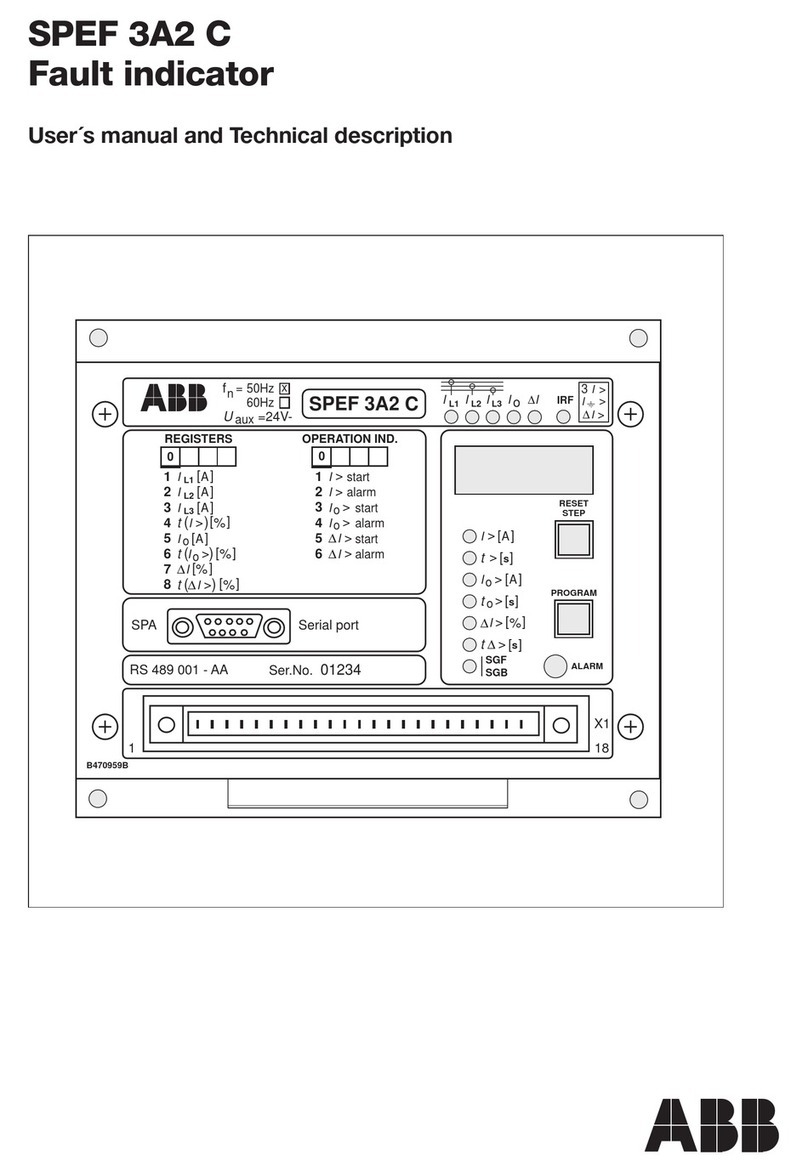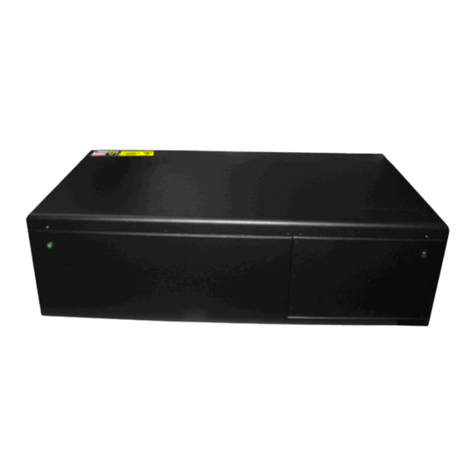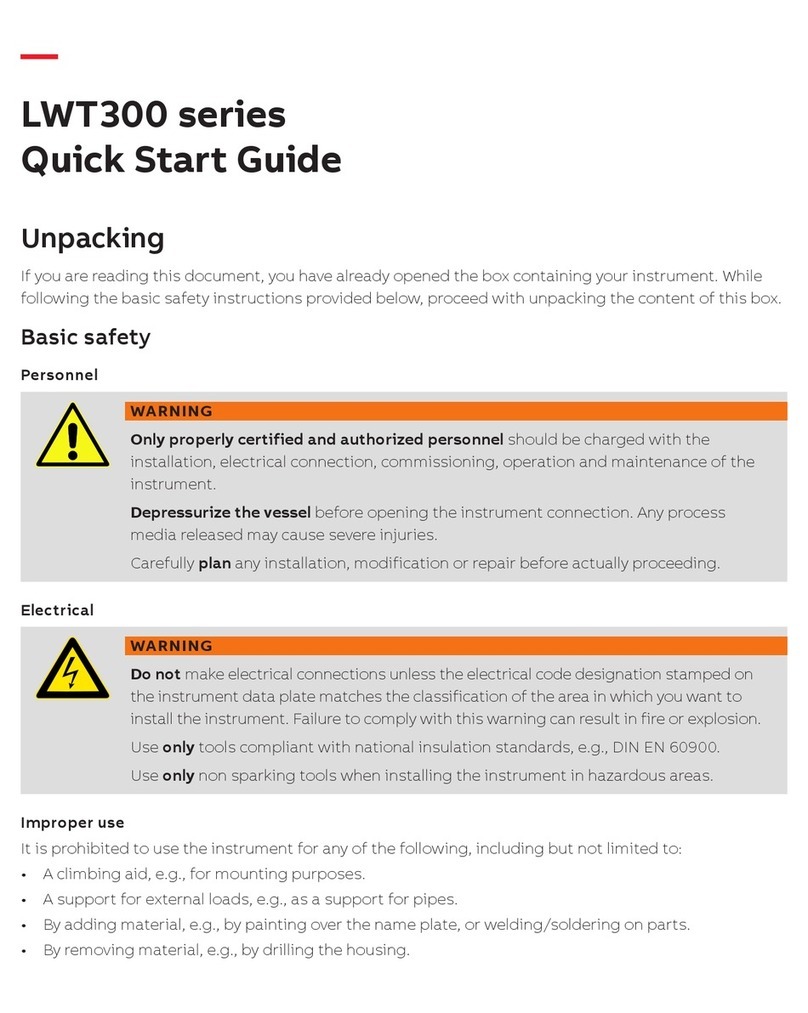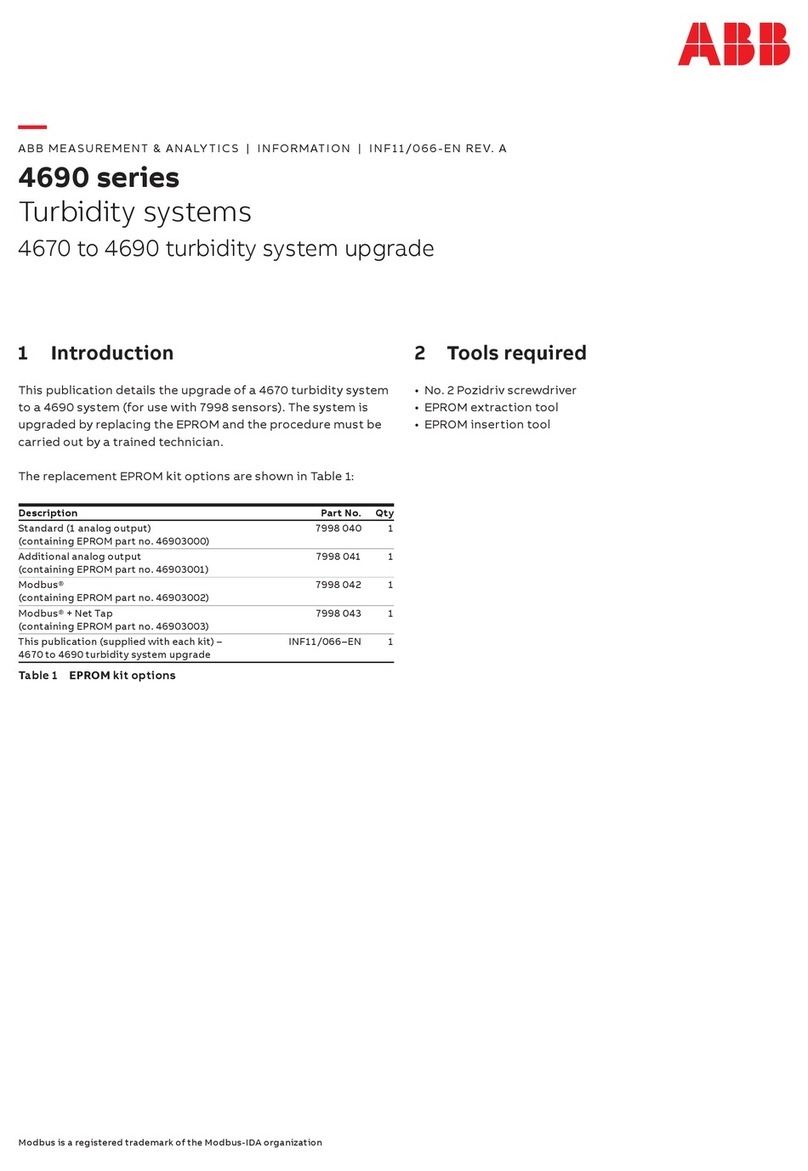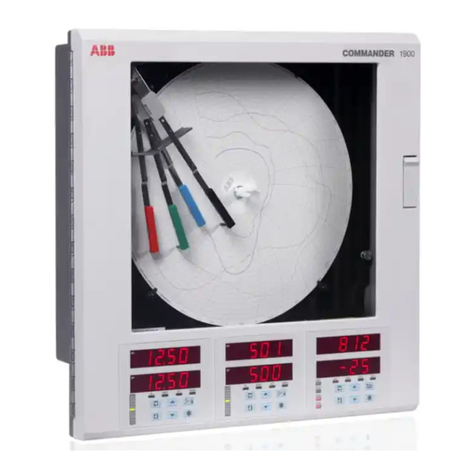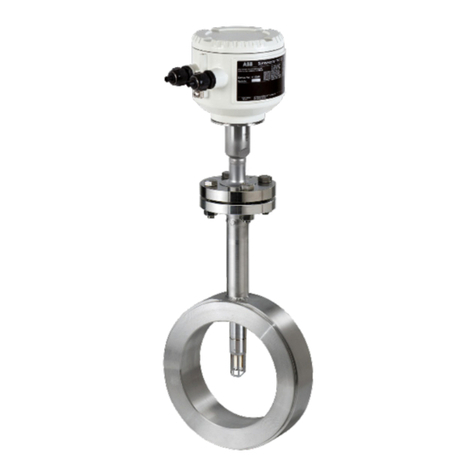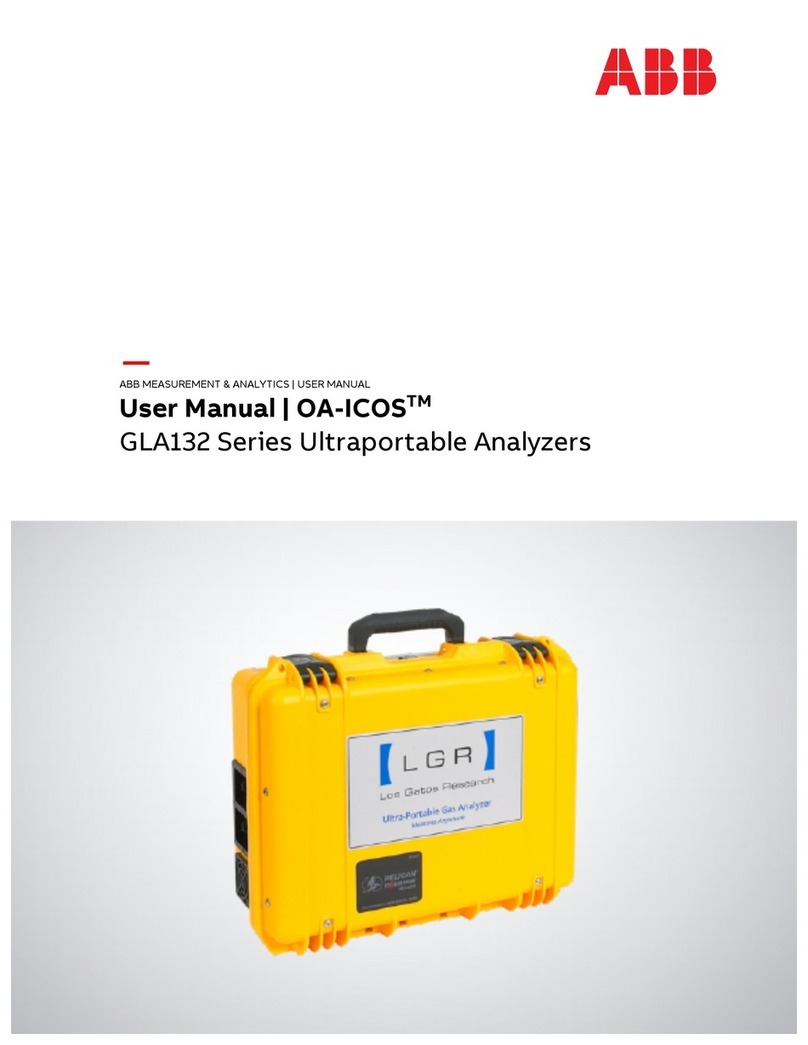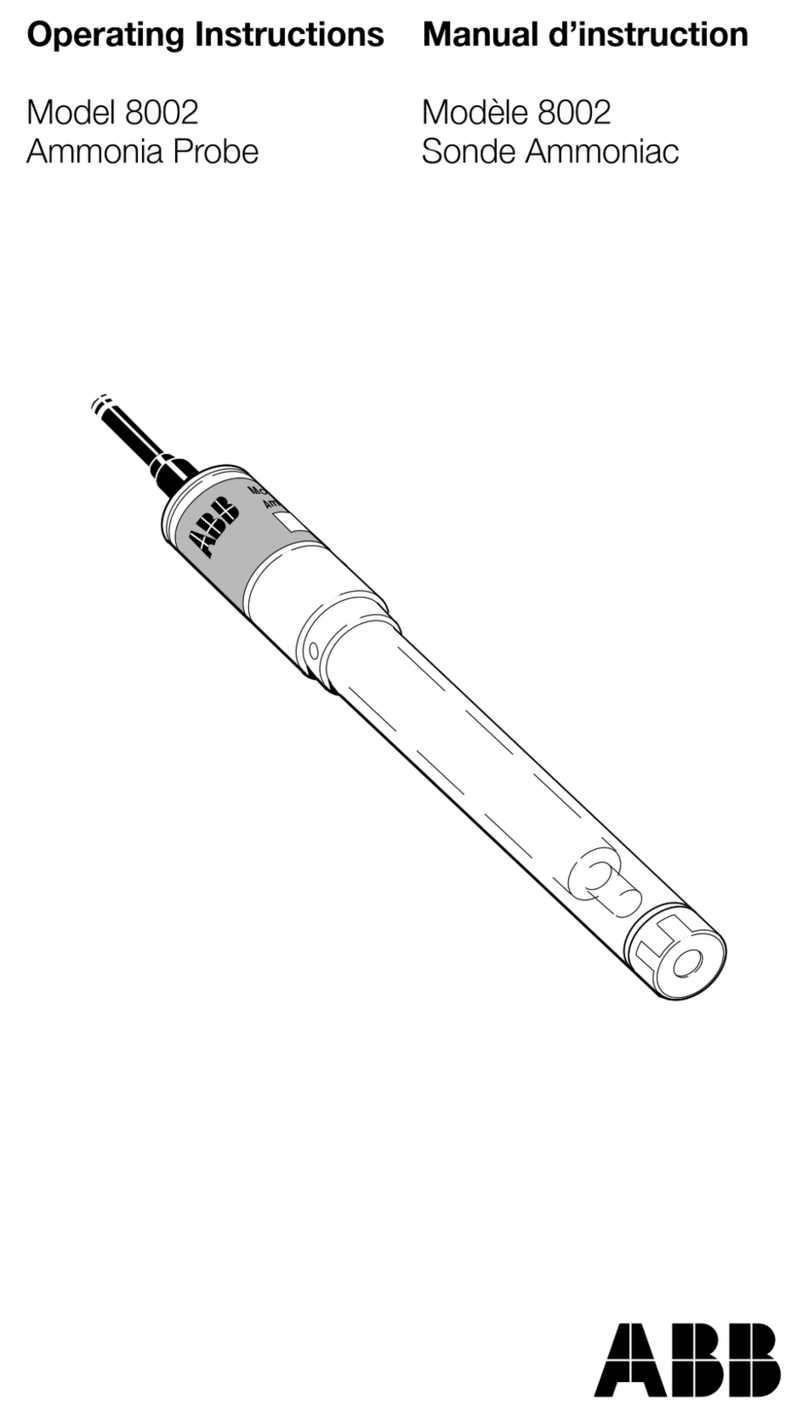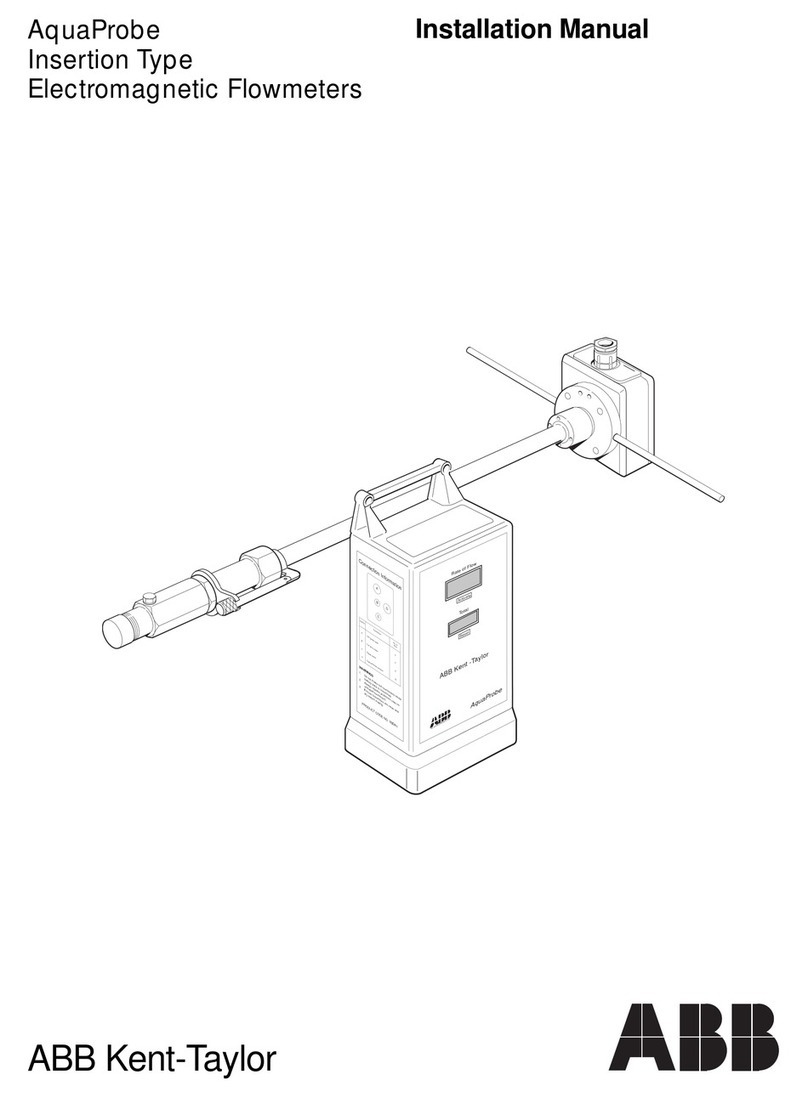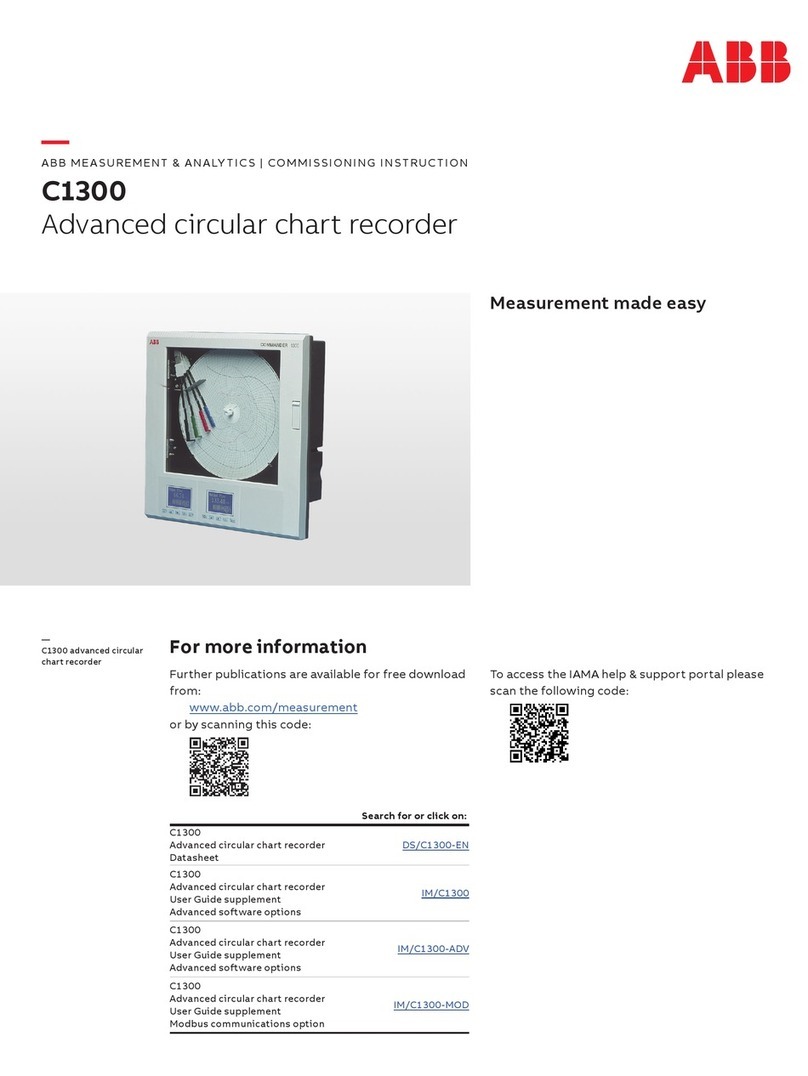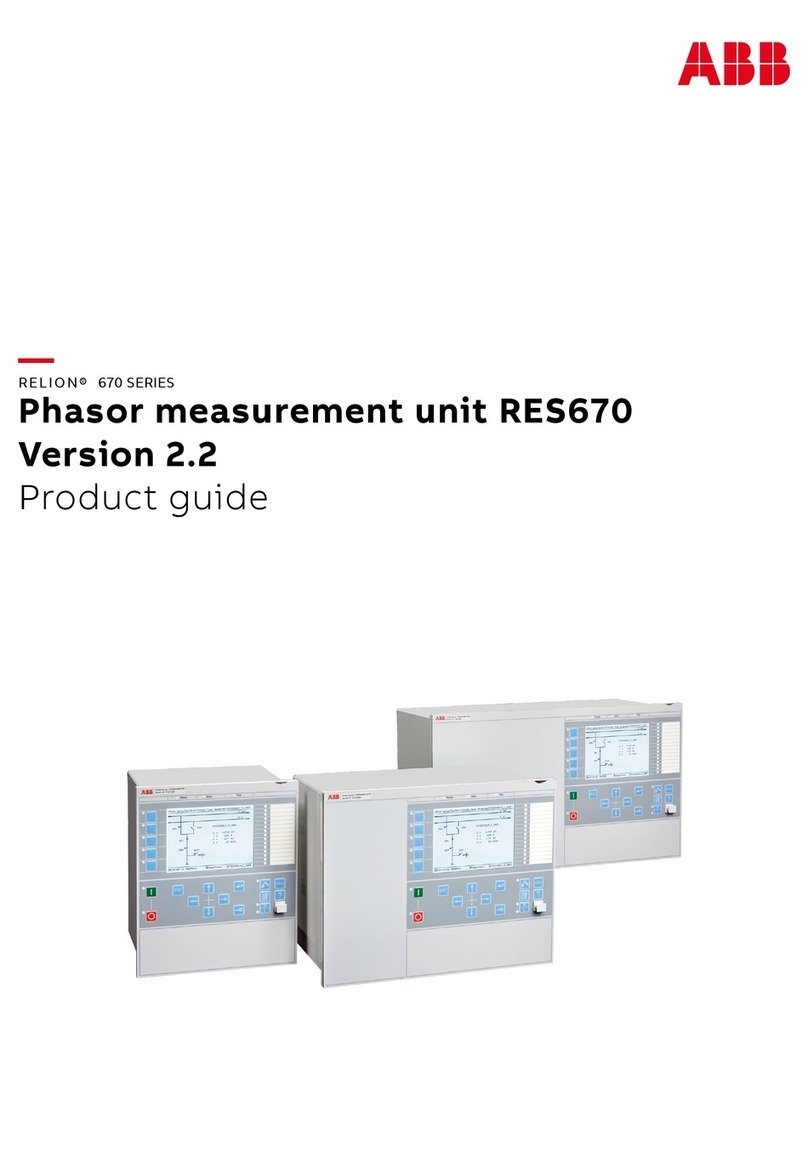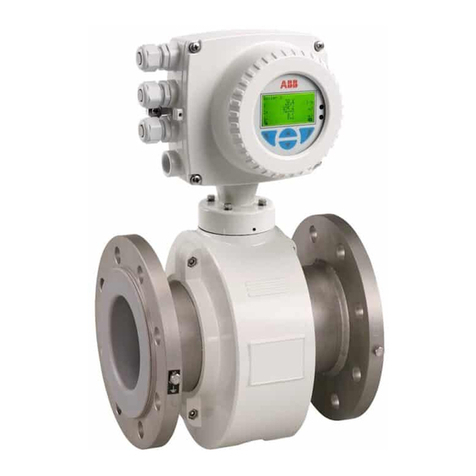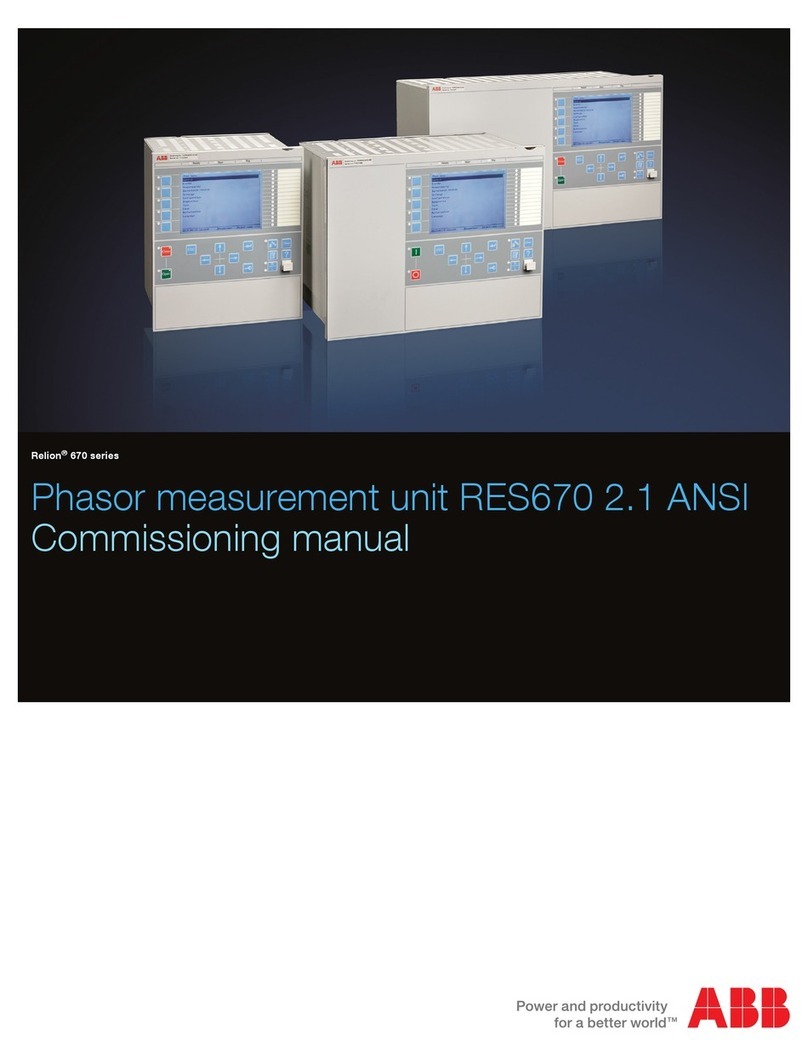EIB Delta-Meter
Electricity Meters
4
ABB i-bus®EIB
Environmental conditions:
Mechanical data:
Display:
EIB connection:
Standards/norms:
Ambient temperature: – 5° C ... + 45° C
Storage temperature: – 40° C ... + 70° C
Relative humidity:
< 75% annual average,
95% max. 30 days/year
Housing material:
– Front window and housing Polycarbonate
– Terminal area Glass-fibre-reinforced polycarbonate
Dimensions (H x W x D): 96 x 122.5 x 64.8 mm
Protection class: II
Resistance to heat and fire: Equivalent to IEC 695-2-1
Protection against penetration Equivalent to IEC 529
of dust and water:
Test voltage: Output/housing ⇔earth
2 kV, 50 Hz/min
Type of protection acc.
to DIN VDE 0100:
– with long terminal cover IP51
– with short terminal cover IP20
Cable cross-section:
– Transformer rated meter max. 10 mm2
– Direct connected meter max. 25 mm2
Weight: 0.6 kg
LCD display: 7-digit, height of figures: 7 mm
LED indicator:
– Transformer rated meter Red LED, 1000 Imp/kWh (kvarh)
– Direct connected meter Red LED, 5000 Imp/kWh (kvarh)
Communication protocol: ABB i-bus®EIB
(European Installation Bus)
Number of bus devices: max. 64 per line
(total of over 14,000 possible)
Transmission medium: Twisted twin-core cable,
YCYM or J-Y(St)Y 2x2x0.8 mm
Cable lengths:
– Total length of a line ≤1000 m
– Between two devices ≤700 m
– Between power supply ≤350 m
and device
EMC: Between meter and EIB terminals
– Surge voltage 6 kV, 1.2/50 µs (IEC 255-4)
– Burst 4 kV, 5/50 ns (IEC 801-4)
Operating and display elements:
– ABB i-bus®‚ EIB terminal Bus connection terminal, supplied
– Red LED and push button For entering the physical address
Active energy meter, class 1 and 2: IEC 1036
Reactive energy meter, class 2: IEC 1268
ABB i-bus®‚ EIB: EIBA hand book, release 3.0
PTB approval number: 20.15 98.80

